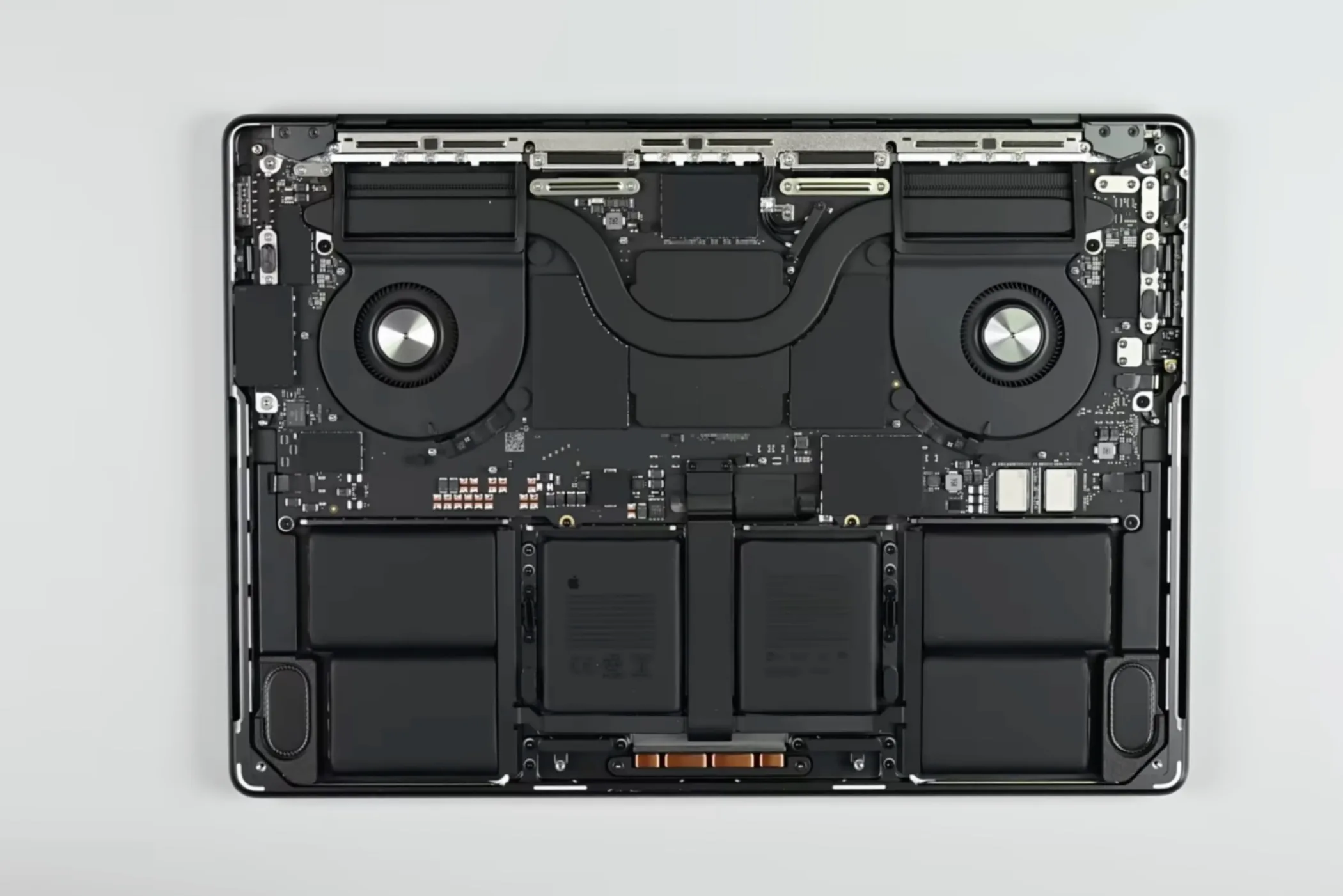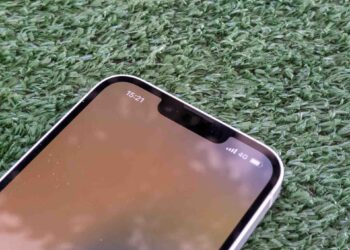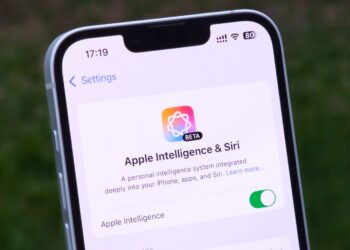The latest MacBook Pro lineup, now featuring the M4 series silicon, reinforces Apple’s lead in performance within the laptop market. Nevertheless, a recent teardown by the experts at iFixit has revealed that internal changes are minimal, meaning the familiar repair challenges remain intact.
On the upside, Apple’s design team has introduced a revised logic board with a larger heatsink and rearranged some components within the device. The ports are simpler to replace in this model, and the battery has been designed with repairability in mind.
However, if you’re considering a DIY repair, be prepared for some obstacles. The strong adhesive that secures the battery remains, making access tricky, and removing the main board is also notably difficult.
iFixit’s teardown points out that there are six stretch-release tabs located near the trackpad and an additional eight on the sides, making battery access a chore. The process of detaching the logic board is described as “incredibly complex and tedious.”

If you plan to swap out the card reader or MagSafe connector, be mindful that it will necessitate advanced soldering skills and the right expensive tools. Apple also employs foam components that require isopropyl alcohol for removal, along with a labyrinth of gaskets and flex cables before the board can be detached.
Moreover, Apple’s part-matching strategy and strict calibration requirements for repairs lead to further complications. An iFixit blog entry highlights that replacing components like displays or logic boards is fraught with software lock issues, making compatibility with third-party parts uncertain.
Interestingly, recent reports indicate that Apple may be somewhat improving the repair landscape. According to a source from Macrumors, Apple is planning to offer standalone speakers as replacement parts for the M4-powered 14-inch and 16-inch MacBook Pros. Previously, technicians had to replace the entire top case to install a new speaker, which was quite costly. This change is expected to alleviate DIY enthusiasts’ repair costs.
While fixing a faulty speaker won’t be the simplest job, it will save money for those willing to attempt repairs themselves. Given Apple’s usual stance on repairability issues, this initiative can be seen as a small victory.





